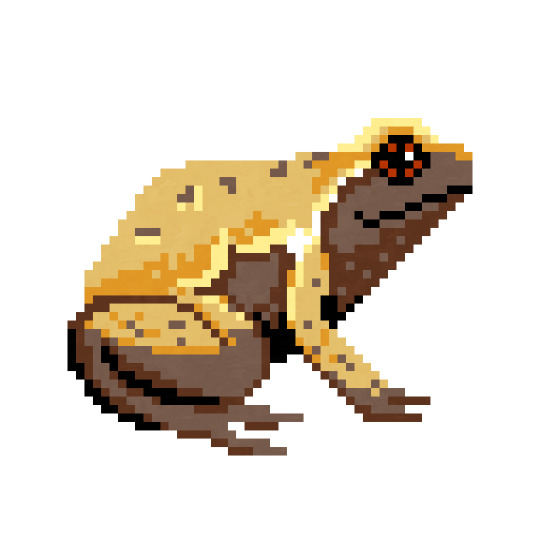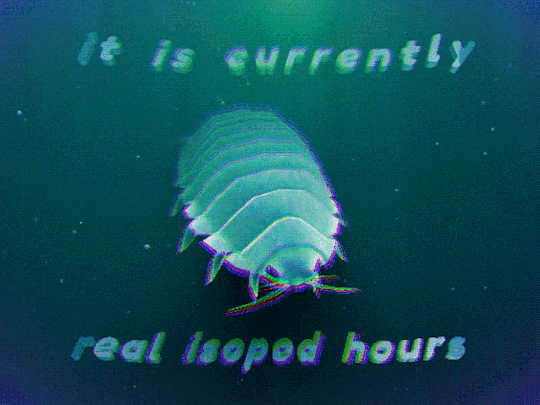Text

today's elegant frog of the day is the purple frog (Nasikabatrachus sahyadrensis)!!!!!!!!!!!!!!!!!!!!!! they're endemic to the western ghats mountain range and spend most of their lives underground! they are also, notably, rather purple.
photo by sivabirds!
1K notes
·
View notes
Text


hi everyone, i found another teeny tiny frog
this one is a baby Litoria fallax (eastern dwarf tree frog)
#frog#herpetology#science#biology#amphibians#very small#do not underestimate him#he will still commit crimes when given the chance
11 notes
·
View notes
Note
When it comes to non-avian reptiles, cognition research is next to non-existent. A few labs throughout the world are working to fill this huge gap, but there’s still so much to do.
From my personal experiences (I started my PhD on lizard cognition with Prof Martin Whiting, before finding my true calling with frogs), some skinks, particularly the more social ones of the Egernia group, are brilliantly intelligent.
People commonly say monitor lizards are intelligent but we have essentially no research on them cognitively, and I think that belief is based more in varanids being large and charismatic, rather than any demonstrated cognitive abilities.
In my own work I looked at cognitive abilities in Tiliqua rugosa (sleepy lizards), and wild-caught Pogona vitticeps (central bearded dragons), and whilst the sleepies impressed me (paper to come in Behavioral Ecology soon), the dragons really didn’t seem to have a whole lot going on up there, in the least judgemental way possible.
Some tortoises have also been found to have quite complex cognitive abilities, and if I had to bet on it, I’d probably wager that they’ll turn out on top. Not convinced on turtles, though.
There’s also a clicker-trained iguana at Melbourne Zoo, that iguana is pretty smart.
There’s even less research on frog cognition than there is on reptiles, and I suspect it varies enormously between species (as it does in other such large groups, like birds).
Dr Sabrina Burmeister’s work on poison frogs has laid a lot of really important ground work for the field of frog cognition, but when they’re really the only group that’s been studied (to that degree), we can’t really say whether they’re the smartest or just the only ones we know anything about. Frog cognition research is truly in its infancy.
I suspect, as is often the case across taxonomic groups, that frogs with more complex social structures (e.g. parental care, long-term territories, etc.) like poison frogs are more likely to have more complex cognitive abilities, however.
What would you say are the most intelligent reptiles / amphibians? How do we test their intelligence? Are they capable of learning or being trained?
I’d like to give a fancy or elaborate answer, but the simple answer is probably just corvids. They’re crazy good at our human-centric tests of intelligence, and certainly outperform any squamate or amphibian. Among squamates, my money would be on varanids (monitor lizards). Among amphibians, it looks like some of the dart frogs are probably the best.
Basically all of these animals can be trained at some level, but it varies substantially.
192 notes
·
View notes
Text
i plan on getting a frog tattoo when i finish my phd, and boy howdy is this a strong contender
Peer-reviewed instructions for coping with a Bad Day™:
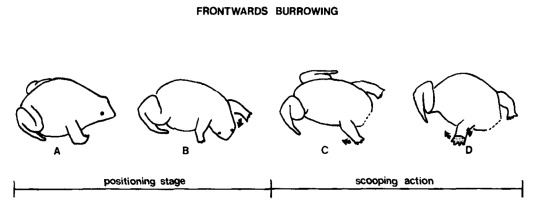
[src]
12K notes
·
View notes
Text
@markscherz is Epipedobates anthonyi a distinct species from Epipedobates tricolor? If so, how are they differentiated morphologically? Google is giving me a lot of wild responses.

jelly
___

day 651
157K notes
·
View notes
Text
i’ve been teaching undergrad invertebrate pracs recently, and, let me preface this with the knowledge that i have been a biologist for 7ish years now, i am very rarely surprised by what we find in the natural world
so, yesterday’s prac involved identifying invertebrates from pitfall traps; mostly things like ants, springtails, amphipods & the occasional lost fly
one of my students called me over to help them identify something they’d found in their trap
i peered down the microscope and exclaimed
what the hell is that
dear reader, this is what i saw
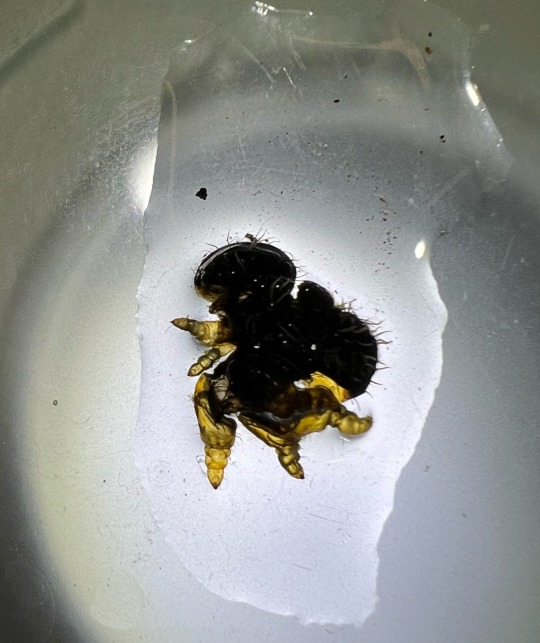
now, if i had to guess, i’d say it’s a sawfly larva that has been cut in half or failed ecdysis or something
but honestly i don’t really know
i’m pretty sure it’s not an alien
14 notes
·
View notes
Text
little treefrog I wanted to put in a better spot but he didn't wanna leave me at first!!




211 notes
·
View notes
Text
i call myself a frogologist because there isn't actually a word for someone who studies frogs, and frogologist sounds cute
batrachology is the study of amphibians, including salamanders, newts and caecilians, but that's not specific to frogs (even though the word comes from the Greek word for frog, but whatever)
if we were to coin a "proper" term, it would probably be anurology, from Anura - the order containing all frogs and toads - but that is an objectively awful word
other contenders include ranalogy - from the Latin rana, meaning frog or bufology - from the Latin bufo, meaning toad, but it can be argued that those terms would only apply to the study of species within the families of Ranidae or Bufonidae (aka 'true frogs' and 'true toads', respectively), and that could cause confusion
so, i just say frogology
#frogology is currently a nonce word#but if enough people catch on it'll become a neologism#it aint the 1800s anymore#we don't have to use greek or latin only#linguistics#etymology#history#herpetology#science#frogoloy
61 notes
·
View notes
Text
i was so excited to come back to tumblr but i used up all of my creativity and ideas like, immediately, so, here’s a pretty tadpole (Litoria fallax, the eastern dwarf tree frog)
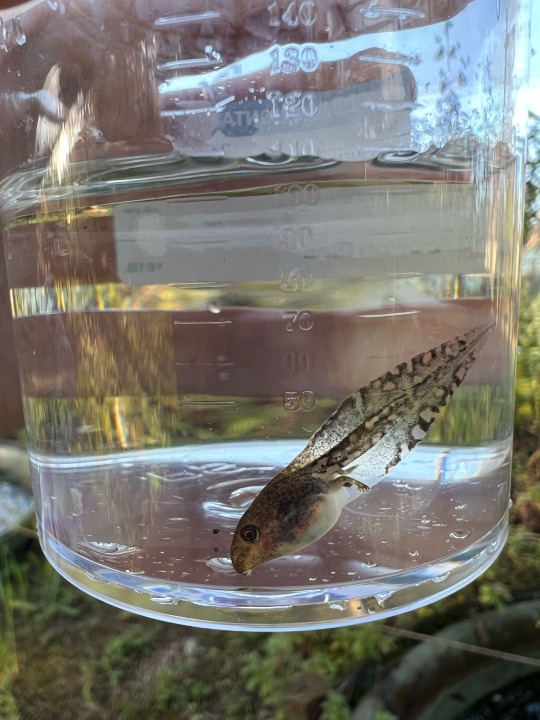
#frog#science#biology#amphibians#herpetology#tadpole#like seriously i have nothing left to contribute#big adhd mood
5 notes
·
View notes
Text
Moth of the Week
Spanish Moon Moth
Graellsia isabellae
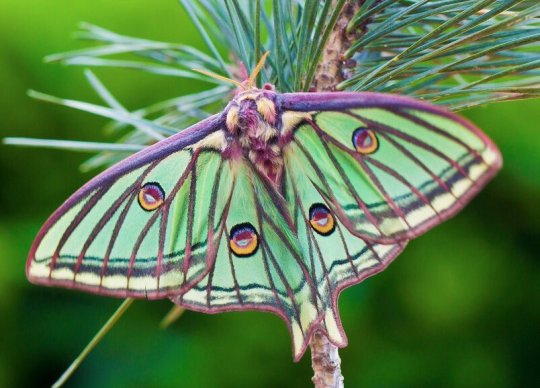
The Spanish moon moth was first described in 1849 by Mariano de la Paz Graells y de la Agüera as Actias isabellae. However it was moved to the genus Graellsia, which was created in 1896 by Augustus Radcliffe Grote. It is part of the moth family Saturniidae and often associated with other “moon moths” under Actias although this species split off years ago. It is the only species in Graellsia and has no subspecies, making it a monotypic genus.
Description This moth has green wings with reddish-brown lines and yellow-green hindwing tails. These lines border all four wings and trace over the moth’s veins. The lower edges of both the hindwings and forewings (called the outer margins) are lined with black and the same yellow-green as the tails. This yellow-green is also seen on the forewings close by the moth’s head and on the hindwings in a gradient. Each wing has a magenta, orange, white, and black eyespot in between its veins with the hindwing spots being larger.
The body is yellow-green as well with reddish brown patterning. The antennae can be dark or orangish-brown.
The males have longer tails and bushier antennae while females have stubby tails and larger bodies.
Wingspan Range: 6.35 – 10.16 cm (2.5 - 4 in)
Diet and Habitat The caterpillar of this species eats pine needles, specifically from the Pinus nigra (Austrian Pine) and Pinus sylvestris (Scots Pine), which are native to its habitat. Interestingly, this species doesn’t easlily adapt to eating non-native pine species even if they are from the same genus.
This species is native to Spain and France but is also found in Switzerland. They live in the Alps and the Pyrenees mountains, which are considered a “refugee location.” Due to the cool, dry, and unchanging climate the Spanish moon moth has been able to remain unchanged for thousands of years. It is also a protected species.
Mating Adult moths hatch at the end of April to early May. The females lays 100 to 159 eggs, using pines as host plants. The eggs hatch after 1 to 1.5 weeks. It is important to note that adult from the same family will not mate with each other.
Predators Presumably, this moth uses its eyespots to imitate a larger animal and scare away predators.
Fun Fact A hybrid moth species was created by breeding the Spanish moon moth and the Indian moon moth (Actias Selene).
(Source: Wikipedia, Moth Identification, The Butterfly Babe)
412 notes
·
View notes
Text

please accept my heartfelt gift of small crab
11K notes
·
View notes
Text
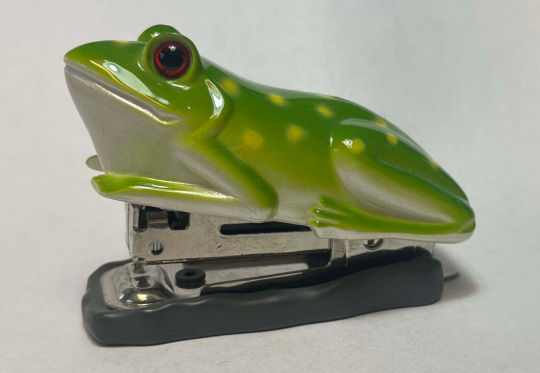
(source)
301 notes
·
View notes
Text

this photo really captures everything important about me
#frog in a frog#and im wearing my frog shirt#i just really love frogs#green tree frog#whites tree frog#litoria caerulea#frog#herpetology#science#biology#amphibians#zoology#frogposting#women in science#this is Houdini#she went missing for 3 months and then just showed up outside
10 notes
·
View notes
Note
You literally are doing exactly what I want to do in the future! I love frogs, and especially Australian green tree frogs as I have one as a pet. I'm in high school and will be heading to college soon to pursue my froggy dreams. If you don't mind me asking, what did you study in undergrad?
My pathway to where I am has been anything but conventional. I studied a Bachelor of Science with a major in Zoology (which I believe is now called animal biology) in undergrad, then I did a Master of Agricultural Science specialised in Animal Science, then a pandemic happened so I became a Twitch streamer for a year, and then I moved to Sydney to study lizards for my PhD, and a year into that I realised my true calling is actually frogs and changed my whole PhD to study frogs.
That’s the spark notes version anyway, I’ve left out a lot of twists and turns and emotional crises that happened throughout that journey.
Good luck friend! There are many ways to end up where you want to be, so don’t get too caught up in doing it exactly the “right” way, cos there really isn’t one. My main piece of advice is to get to know your teachers at uni, and volunteer in their labs wherever possible.
2 notes
·
View notes
